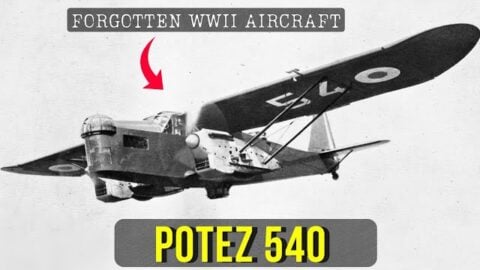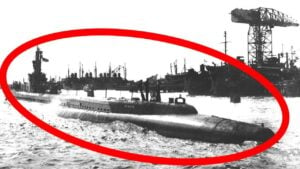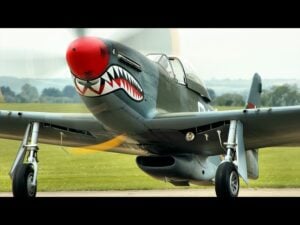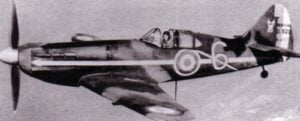Potez 540: The Forgotten French Bomber

YouTube / World War Made Simple
In the 1930s, France envisioned a revolutionary aircraft that could do it all. The result was the Potez 540—an “aerial cruiser” inspired by the Douhet doctrine, designed to handle bombing, reconnaissance, and close air support in one versatile package. The idea was bold, but it also revealed a hard truth: when a plane tries to do everything, it often ends up doing nothing well.
Development and Design
Built by the Potez company to meet a 1932 request for a new reconnaissance bomber, the aircraft began as a private project called the Potez 540. It first flew in November 1933 under the direction of designer Louis Coroller.
The Potez 540 was a high-wing monoplane of mixed construction, combining wood and metal around a steel frame. Twin Hispano-Suiza 12Xbrs V-12 engines provided 690 horsepower each, mounted in sleek nacelles that also held the retractable landing gear and bomb racks.
Armed with multiple gun positions—including nose, dorsal, and retractable ventral turrets—the aircraft was later refined with a single tail and redesignated the Potez 540. It entered French Air Force service in 1934, with 192 built.
Combat and Decline
The Potez 540’s combat debut came in the Spanish Civil War, but the experience was disastrous. Against faster, more advanced German and Italian aircraft, it was slow, poorly protected, and quickly earned the nickname “Flying Coffin.”
By the late 1930s, the Potez 540 was obsolete, relegated to transport and training roles in North Africa. When France fell in 1940, remaining aircraft served briefly with the Vichy Air Force before being scrapped or destroyed by 1943.
Ambitious in concept but outdated in execution, the Potez 540 stands as a reminder of the risks of trying to make one aircraft do too much.




















